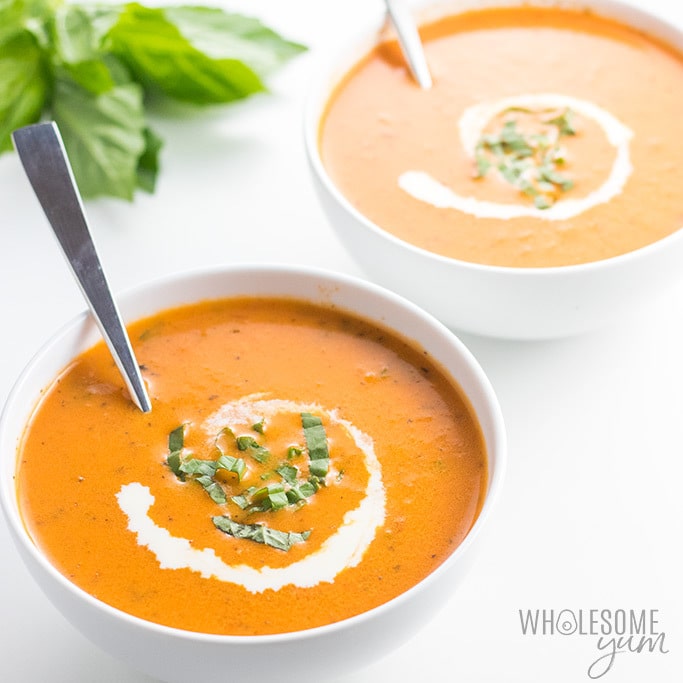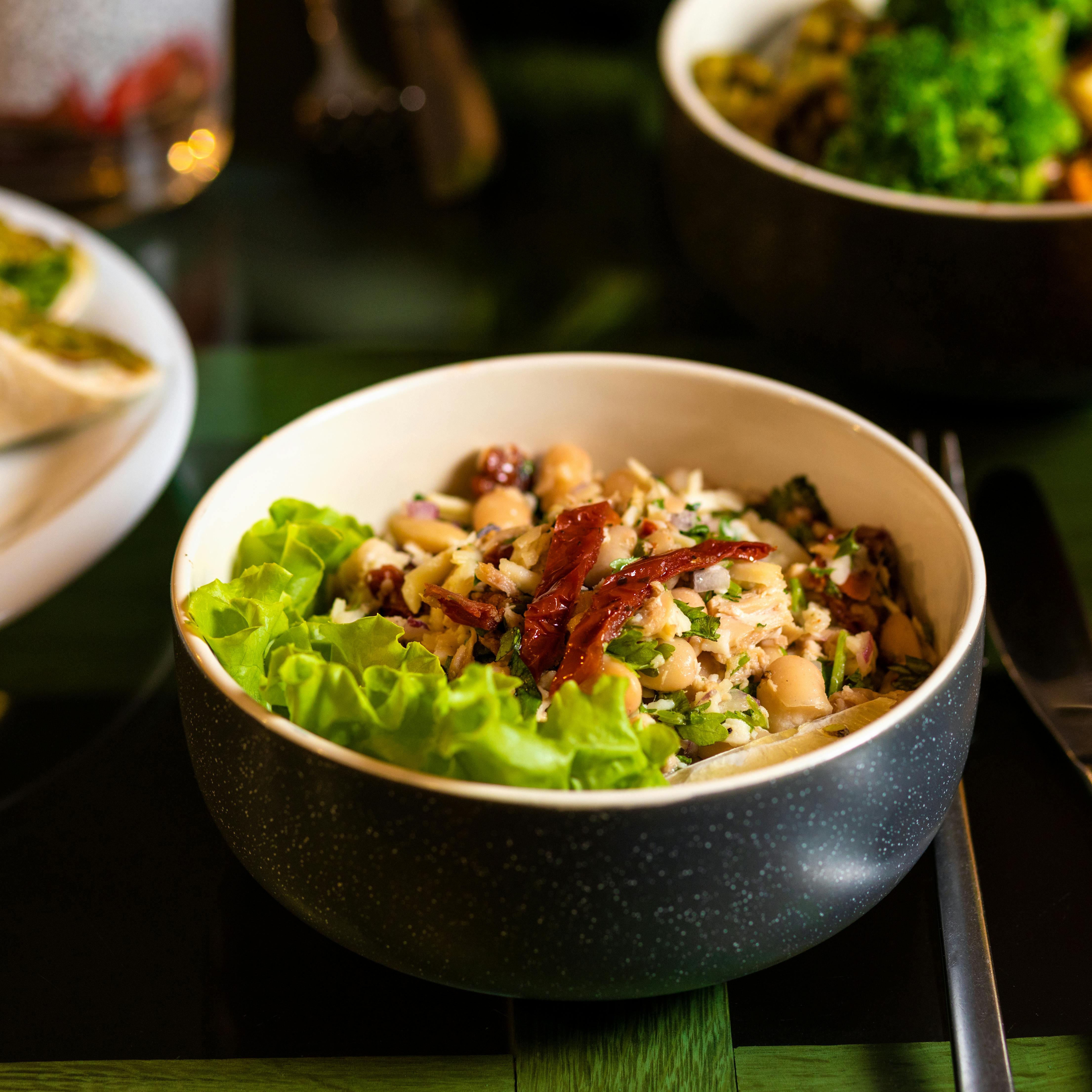Apply Now
Top 5 Keto-Friendly Alternatives to Chickpeas for 2025
Chickpeas, often celebrated for their versatility and nutritional benefits, are a staple in many diets including vegetarian and vegan lifestyles. However, when it comes to a ketogenic lifestyle, chickpeas may not always fit due to their higher carbohydrate content. As the keto diet continues to evolve and gain popularity, many people are seeking alternatives that provide similar benefits without derailing their low-carb goals. This article explores the top five keto-friendly alternatives to chickpeas, highlighting their nutritional advantages and how they can fit seamlessly into your keto meal planning.
Switching to these alternatives can help maintain a high-protein and fiber-rich diet while adhering to a low-carb intake. Let's delve into these substitutes that not only satisfy your cravings but also support your health objectives.
Understand Chickpeas: Nutrition and Impact on Keto
Before diving into alternatives, it's essential to understand the nutritional profile of chickpeas. Chickpeas are rich in protein, dietary fiber, and essential vitamins and minerals. However, their carbohydrate content poses challenges for those adhering to a strict keto diet. A standard serving of chickpeas contains roughly 27 grams of carbs per 1 cup, making it necessary to consider moderation if they are incorporated.
Chickpeas also offer health benefits such as improved metabolic health and cholesterol management. They are known to impact satiety, which can be advantageous for weight loss. However, the carbohydrate load means that those on a low-carb diet need to be cautious about their portions, especially when considering meal ideas or recipes involving chickpeas.
Using chickpeas in moderation is possible, but many prefer to fully explore alternatives that can offer similar textures and flavors without the carbohydrate saturation. With a growing array of keto-friendly legumes and beans emerging, it's clear that there are nutritious options available.
1. Black Soybeans: A High-Protein Powerhouse
Black soybeans stand out as one of the top chickpea alternatives on the keto diet. With about 1 gram of net carbs per 1/4 cup serving, they provide a substantial source of protein and fiber, making them an excellent plant-based substitute. You can easily incorporate black soybeans into many dishes like salads, stews, and even as a base for dips.
Moreover, the unique flavor of black soybeans can complement traditional Mediterranean recipes that use chickpeas. Consider making a heartier black soybean salad to replace a classic chickpea salad, thus keeping your meals keto-friendly while still enjoying rich flavors.
2. Edamame: Fresh and Flavorful
Another remarkable alternative is edamame, or young soybeans, which packs a protein punch while keeping carbs in check. With around 4 grams of net carbs per 1/2 cup, edamame is not only a great snack but also versatile for use in salads, stir-fries, or as a side dish.
The fiber content in edamame supports a healthy digestive system and maintains a feeling of fullness, making it an ideal addition to low-carb lunches or even keto meal prep. Try seasoning edamame with salt and spices for a simple keto snack that curbs cravings.
3. Green Beans: A Low-Carb Vegetable Option
Often overlooked, green beans are a fantastic low-carb option, containing about 4 grams of net carbs for every 1 cup cooked. This makes them a wonderful temporary substitute for chickpeas in recipes that spotlight texture.
Roasted green beans can provide a satisfying crunch similar to chickpeas while adding essential vitamins to your diet. For a filling keto meal, combine green beans with healthy fats like olive oil, garlic, and herbs. This combination brings out an incredible depth of flavor suitable for any dinner table.
4. Lentils: A Nutritious Choice with Caution
While generally higher in carbohydrates than the previous options, lentils, particularly when consumed in moderation, can serve as a healthy alternative. Green and black lentils offer about 10-12 grams of net carbs per half-cup cooked serving.
For those willing to engage in carbohydrate counting, lentils can furnish rich fiber and protein, making them suitable for a balanced low-carb meal if used sparingly. Consider creating a lentil stew or curry with plenty of spices. Just be sure to monitor portion sizes to stay within your daily carb limits.
5. Flaxseeds: The Fiber-Rich Superfood
Flaxseeds combine low carb counts with high protein and omega-3 fatty acids, making them a powerhouse in the keto diet. With only 1 gram of net carbs per tablespoon, flaxseeds can be used in various culinary applications, including smoothies, baked goods, and as an egg substitute in vegan recipes.
Their dense fiber content encourages gut health and may assist with weight management. While they may not replicate chickpeas' texture, flaxseeds can still add nutritional value to your keto meals, particularly in baking or smoothies.
Creative Keto Recipes Using Substitutes
Having discovered these alternatives, it's essential to explore creative ways to incorporate them into delicious keto recipes. Each of these substitutes offers unique flavors and benefits.
For instance, you can whip up a black soybean taco filling, or prepare edamame-based salads to serve alongside grilled meats or seafood. Explore green bean casseroles or lentil-based soups, giving a modern keto twist to traditional cuisine. Flaxseed meal can be used in bread recipes or sprinkled over yogurt for added texture and nutrition.
This approach not only diversifies your meals but also ensures that your diet remains both healthy and enjoyable.
Frequently Asked Questions about Chickpea Alternatives
Can I have chickpeas on a keto diet?
Chickpeas can be enjoyed on a keto diet, but in moderation due to their relatively high carbohydrate content. It’s crucial to monitor serving sizes to maintain ketosis.
What are the best low-carb legumes for a keto diet?
Black soybeans, edamame, and green beans serve as some of the best low-carb legumes, providing high protein and fiber content while being low in net carbs.
How can I incorporate these alternatives into my daily meals?
Incorporate these alternatives by using them in salads, stews, or as toppings on dishes. They can also be seasoned and served as side dishes or snacks.
Is it possible to replace chickpeas in traditional recipes?
Absolutely! Many of the alternatives mentioned can be used to replicate the texture and flavor of chickpeas in traditional recipes, allowing for continued enjoyment of your favorite dishes without compromising your keto diet.
What precautions should I take when switching from chickpeas?
Be mindful of portion sizes, especially with higher carbohydrate options like lentils. Always track your carb intake to stay aligned with your dietary goals.




